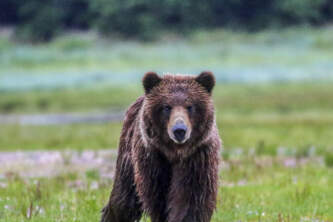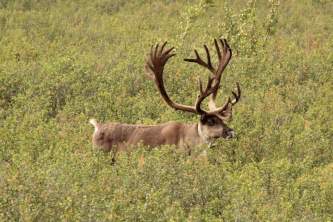You See A Moose
Moose attacks are actually much more common than bear attacks. Here's how to stay safe:
Where You See Moose
Almost anywhere! Moose wander through forests and along roads, even into towns or people's yards. Your greatest risk involving a moose is probably hitting one with your car. They tend to be most mobile around dawn or dusk.
Here are some pics of moose tracks and moose scat (poop).
What Moose Want
Moose tend to be low-key, but can be--well--moody. Males are more likely to act aggressive in early fall (mating season) and females in late summer (protecting calves). They also really dislike dogs.
- If You See a Moose: Talk calmly, and back away. Give him about 50 feet of personal space.
- What Provokes Moose: Dogs. If you have a dog with you and you see a moose, leash him and keep him back.
- Getting too close to a calf: Never get between a mother (cow) and her young.
- Getting too close, period: Don't yell, throw things, or even offer food. Moose may happily take food from your hand, but are known to attack afterward, too. (Again, moody.)
If the Moose Attacks
- Look for warning signs: ears back, hair raised on hump (or "hackles"), grunting, stomping feet.
- Moose tend to bluff-charge, stopping short of you. Check out this video of a moose charging a dog outside a house.
- Get behind a tree, rock, fence or car--anything to separate you from the moose.
- Moose often fight with their front hooves. If the moose hits you, play dead, curled up with your hands on head and neck. Your backpack makes a good shield.




